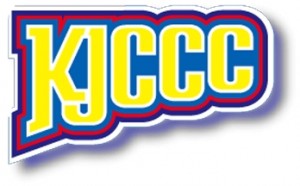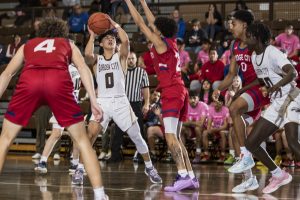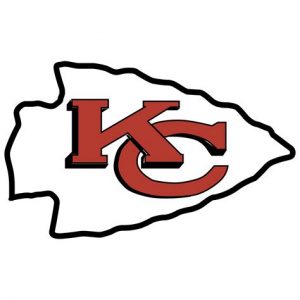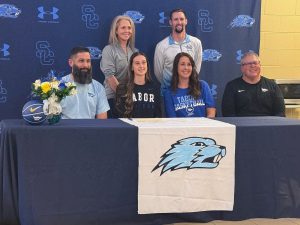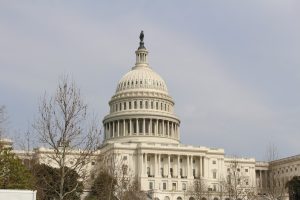Kansas Reading Roadmap demonstrates impact on early childhood literacy
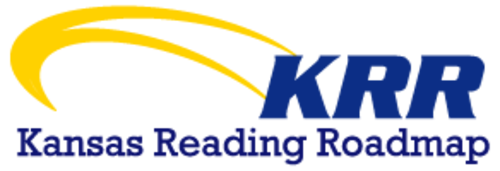
(Special to westernansasnews.com)
TOPEKA, Kan. — New research demonstrates that the Kansas Reading Roadmap is a promising model for how schools and nonprofits can leverage afterschool programs to improve students’ early reading proficiency.
An in-depth look at the accomplishments of KRR from the 2017-18 school year is now available on the program’s website. KRR summarized the detailed analysis in an evaluation brief.
The report states 5,000 attendees of the Reading Roadmap afterschool programs across 61 sites demonstrated dramatic improvement on school-administered assessments over the course of the past school year. Based upon three separate school-administered assessments, KRR schools experienced 50 percent higher grade-level reading growth school-wide compared to a control group of similar schools.
On average, by the end of the school year, students attending the afterschool program were five times more likely to be grade-level readers than their peers. Furthermore, children attending afterschool were two times less likely to be categorized as needing intensive intervention services.
What is particularly notable about the reading improvement was that it was observed across three different commercial universal screeners—AIMSWeb, DIBELS and FastBridge. These screeners are used by schools around the country to measure grade-level reading and are supported by significant research.
“A core tenant of the Reading Roadmap is that the only test that matters is the school’s test,” said Andrew Hysell, Executive Director of the Reading Roadmap. “Using school data to target student needs and achieve improvement based on school assessments is the best way to impact state and national assessments.”
Policymakers, educators, and parents look to measures like state assessments and the National Assessment of Educational Progress (NAEP) to measure how well students are reading.
The Reading Roadmap provides a comprehensive literacy solution designed for an afterschool environment. It includes a variety of interventions that target the five pillars of literacy including the foundational skills of phonemic awareness and phonics, as well as fluency, vocabulary and comprehension.
The Reading Roadmap aligns this comprehensive, skills-based approach with partner school data through a system called the Kansas Multi-Tier System of Supports and Alignment (Kansas MTSS). Schools that use Kansas MTSS inform their afterschool programs with the data necessary to provide personalized interventions for striving readers. The synergy of school and out-of-school alignment is the secret to the model’s success at improving reading for all students.
KRR is a partnership between local schools, the Kansas Technical Assistance System Network (TASN), and DCF. Launched in 2013, KRR features summer and family engagement components that complement its afterschool efforts. The organization has made its specially designed afterschool and family engagement curricula available to schools who wish to employ it.
The KRR 2017-18 Annual Report provides a comprehensive statistical data summary of the progress made by students involved with KRR. The full report can be viewed online on the organization’s website.
Last year, KRR provided more than:
- 945,000 hours of free childcare
- 590,000 hours of out-of-school learning opportunities
- 13,900 hours of training to 420 school district employees
- 1,300 part- and full-time employment opportunities


